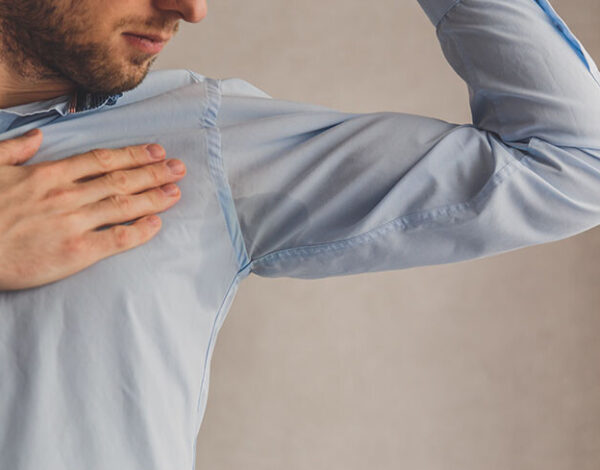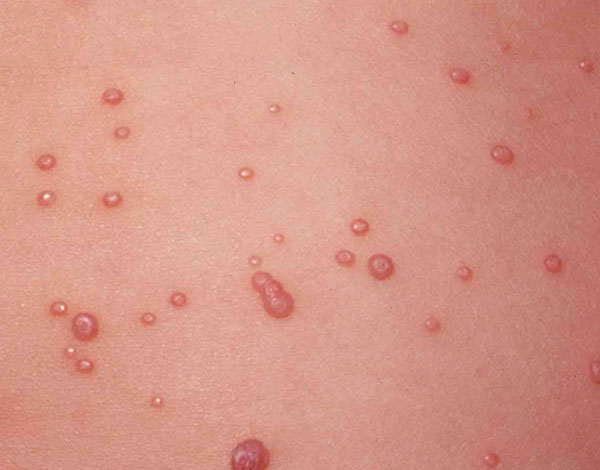September 15, 2020
Ingrown nail is the embedding of the outer corners of the nail into the soft tissue next to the nail, often on the big toe nail. Pain, redness, swelling, and then inflammation may occur.

Causes of Ingrown Nails
Cutting the toenails very short and rounded, wearing narrow-toed shoes, the presence of excessive sweating in the feet, obesity, blows to the big toe nail can trigger ingrown nails.
Treatment
Treatment is determined by the severity of the sting. Dressing, antibiotic creams and antibiotic pills are recommended only for mild to moderate stinging with pain, redness and inflammation. These barrier methods can be cotton, dental floss or nail wire.
In severe cases where soft tissue growth called granulation tissue occurs on the edge of the ingrown nail in addition to pain, redness and inflammation, nail extraction is required.
Nail shooting process
There should be no active infection during nail extraction, so antibiotic pills may be required before extraction. Before the shooting, anesthesia is provided with local anesthesia. It can be taken 5-10 minutes after the anesthesia is applied. Thus, no pain is felt during the procedure. In the extraction, the nail plate in the ingrown part is partially retracted instead of the entire nail plate. In order to prevent recurrence of the batter, the nail root with the stinging should be destroyed after the shot is applied. Destruction is done by electrocauterization or chemical cauterization. In cases where these applications are insufficient, the nail root on the ingrown part can be surgically removed.
Can ingrown nails happen again?
When extraction and nail root destruction are performed with appropriate methods, stinging does not recur to a large extent after extraction.
Things to consider after nail pulling
In order to reduce edema and pain after extraction, the foot should be kept elevated for 48 hours, painkillers that are unlikely to increase bleeding should be used when there is pain, narrow-toed shoes should not be worn, and the dressing should be changed daily. The person can return to work after 2-3 days, provided that he does not stand for long periods and does not wear tight shoes.









